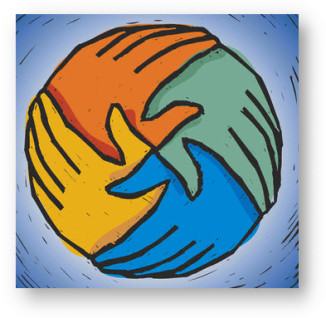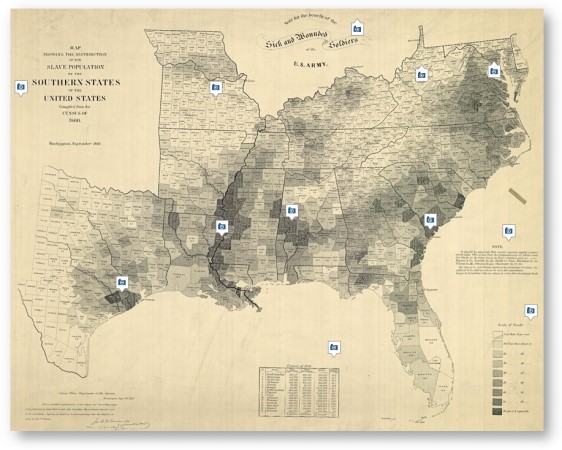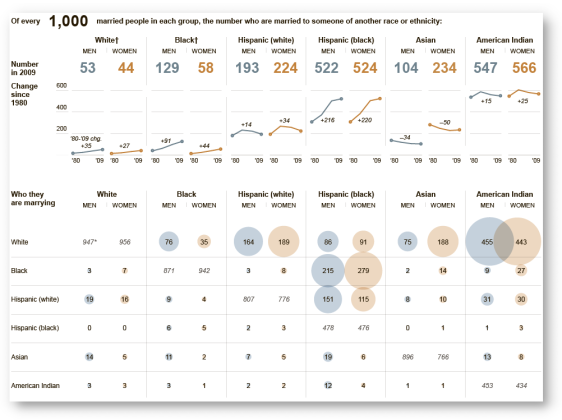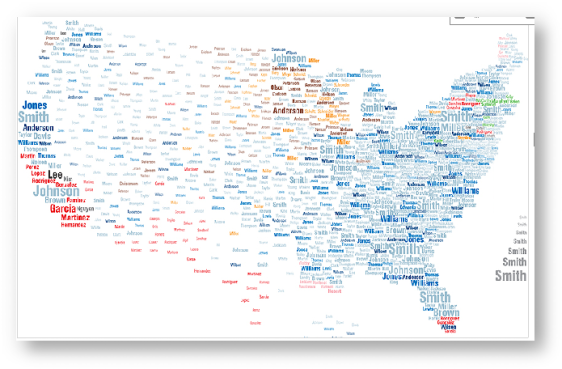As I previously promoted on this blog, this past weekend, the annual conference of the East Coast Asian American Student Union (ECAASU) was held on my home campus, the University of Massachusetts, Amherst. ECAASU bills itself as the largest Asian American student conference in the nation and from most accounts, it was a big success with almost 1,500 attendees from schools all around the country. Kudos are in order for the organizers, attendees, presenters, and entertainers who all contributed to a dynamic and enriching event.
Inevitably, the conference was not without some controversy. Specifically, many attendees and presenters this year questioned the appropriateness of U.S. military branches such as the Navy and Coast Guard and government agencies such as the Central Intelligence Agency (CIA) and the Transportation Security Administration (TSA) as sponsors of the event. In fact, there were several contentious instances in which speakers vocally criticized various historical and contemporary aspects of the U.S. military and security agencies along with their presence at the conference, with about 30 or so representatives of such military and security agencies sitting directly in front of them in the audience.
Apparently, these and other military branches and government agencies have prominently sponsored ECAASU conferences in the past, so their presence was not new. Since I have not attended many ECAASU conferences recently, I do not know whether there were similar objections raised in a very public way before. Nonetheless, this year the tensions were clearly out in the open.
In trying to not minimize the positive aspects of the conference, I would also like to reflect a little bit on this particular issue and source of tension. Also at the risk of contradicting one my favorite quotes — “I don’t know what’s the key to success, but the key to failure is trying to please everybody” (Bill Cosby) — my personal and sociological thoughts on this matter includes praise and criticism for both sides.
Speaking the Truth
On the one hand, the speakers who criticized the military and government agencies clearly had a right to do so and also had plenty of “ammunition” to back up their criticisms. There can be little denial that through the years, the U.S. military and security agencies and a number of individuals working for them have perpetrated or been directly complicit in innumerable instances of injustice and outright crimes against innocent civilians domestically and abroad and in the process, destroyed lives and livelihoods left and right.
To make a long story short, it is because of these actions that many people around the world have a very intense hatred of the U.S. and in extreme cases, feel compelled to resort to desperate actions to fight back against such historical and contemporary oppression. As such, the opposition to the presence of these U.S. military branches and government agencies at a conference focused on, among other things, counteracting institutional domination and cultural colonialism is perfectly understandable and justified.
Taking a Step Back

On the other hand, we cannot dismiss the fact that many members of the military put their very lives at risk to protect our right to criticize their employers — our government. More specifically, in criticizing the presence of the U.S. military and government agencies, I feel that the speakers missed an important distinction — the actions of individuals versus institutional policies. In other words, as a sociologist, one of the first things that I teach my students is that in order to properly understand a social issue or problem, we first need to recognize its dynamics and dimensions across different levels of analysis — the individual level, the group/community level, and the institutional level.
The issue of racism is an excellent example of the need to recognize how sociological understanding takes place at each of these levels of analysis. For instance, when a person of color points out how racism still exists in U.S. society these days, a White person may interpret that as a personal attack and direct implication against them and that they are being accused of being a racist when in fact, the person of color is referring to racism on the institutional level.
Similarly, many Whites may feel that racism will be eliminated once individuals are taught to be colorblind or that it’s wrong to have racial prejudices, when in fact the most enduring mechanisms that reinforce and perpetuate racism exist not among individuals, but within institutional policies and practices that privilege one racial group over another. Ultimately, it is when people discuss an issue like racism from different levels of analysis that misunderstandings, tensions, and hostility inevitably result.
As applied to the ECAASU conference and the speakers’ criticisms against the U.S. military and government agencies, I feel that they missed the opportunity to engage the military and agency personnel in a constructive sociological discussion because they largely conflated these levels of analysis. This happened in instances in which speakers implied that the military and government personnel in attendance at the conference, by virtue of their employment and position within such agencies, were directly complicit in committing crimes or acts of injustice.
More subtly, the conflating of these levels of analysis prevented speakers from conceptualizing the possibility that the military and government personnel in attendance might actually be agents of social change. In other words, on the one hand, there is the strong possibility that people of color, Asian Americans, or anyone else who has a commitment to racial equality and justice may end up just becoming another cog in the machine or another brick in the wall if they enter these military and government institutions and get swallowed into the perpetual system of bureaucracy.
But on the other hand, it is also possible that such individuals can bring their sense of racial equality and justice into an organization, build a coalition, consensus, or critical mass with like-minded others within the organization through time, and after achieving positions of power and authority, begin to apply their beliefs and little by little, change the culture and policies of that organization toward greater social/racial equality and justice. Organizations, institutions, and as we’re seeing in the Middle East, entire nations do change through individual actions — either toward more oppression, or toward more equality and democracy.
The Times They Are A’ Changing
Here in the U.S., we have three recent examples, including one involving the U.S. military — Gary Locke (Secretary of Commerce), Professor Steven Chu (Secretary of Energy), and General Eric Shinseki (Secretary of Veterans Affairs). Within each of their respective careers, all three of these Asian Americans have personified a sense of working toward greater social equality and while there is still plenty of work to be done, I feel are positive examples and role models of how social change can occur within institutions.
I also recall a conversation I had with a student in which she mentioned that, as an advertising major, she also has a strong commitment to use her experiences and training to work toward greater racial equality and justice for Asian Americans and people of color. But she also expressed reservations about entering the advertising industry with its history of portraying people of color in very narrow and even stereotypical ways. One of the things that I told her was that if students like her self-select out of these kinds of industries, everything will just be perpetual status quo and nothing will change. Instead, I encouraged her to bring her determination with her into the advertising industry and as I described earlier, build a critical mass with others who share similar goals and fight for the change that she wants to see happen.
I cannot guarantee that the 30 or so military or government personnel in attendance at the ECAASU conference have the same kind of drive toward achieving racial equality and justice, but based on the brief speeches that a few of them gave, I am confident that many of them do. As such, while we can and should continue to criticize their institutions for the injustices that they’ve perpetrated through the years, that should not preclude us from encouraging individual members of such institutions from doing what they can to change their institutions from within.




